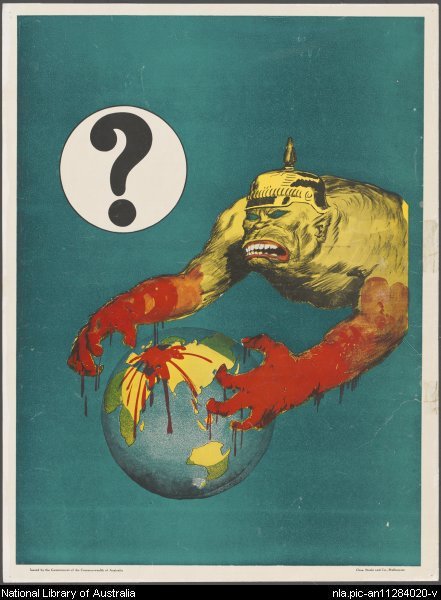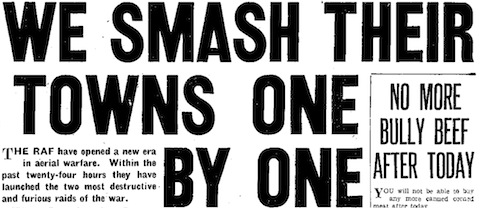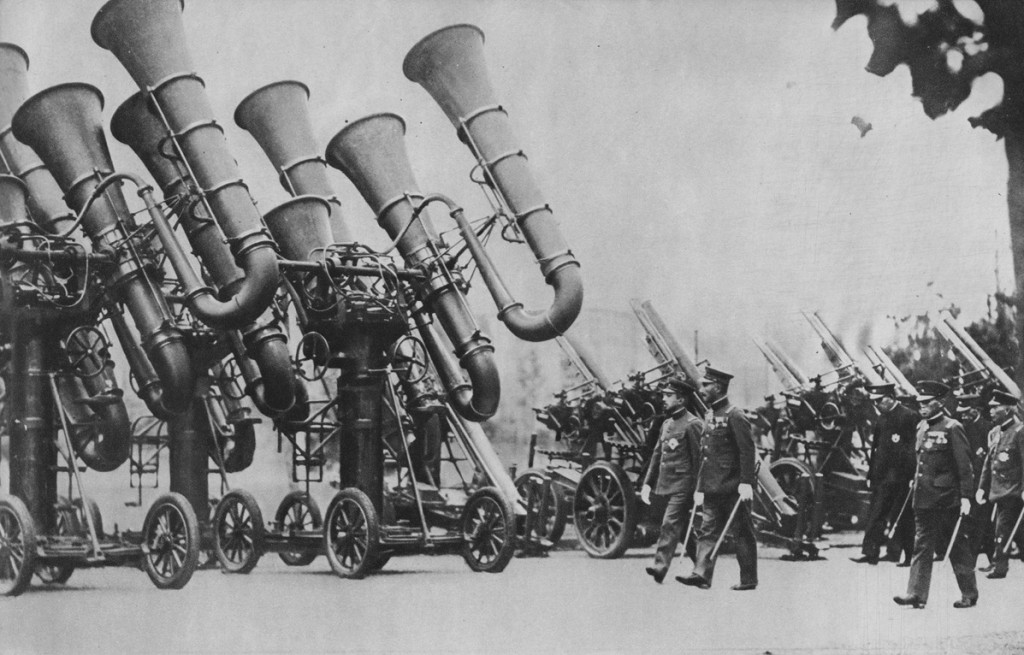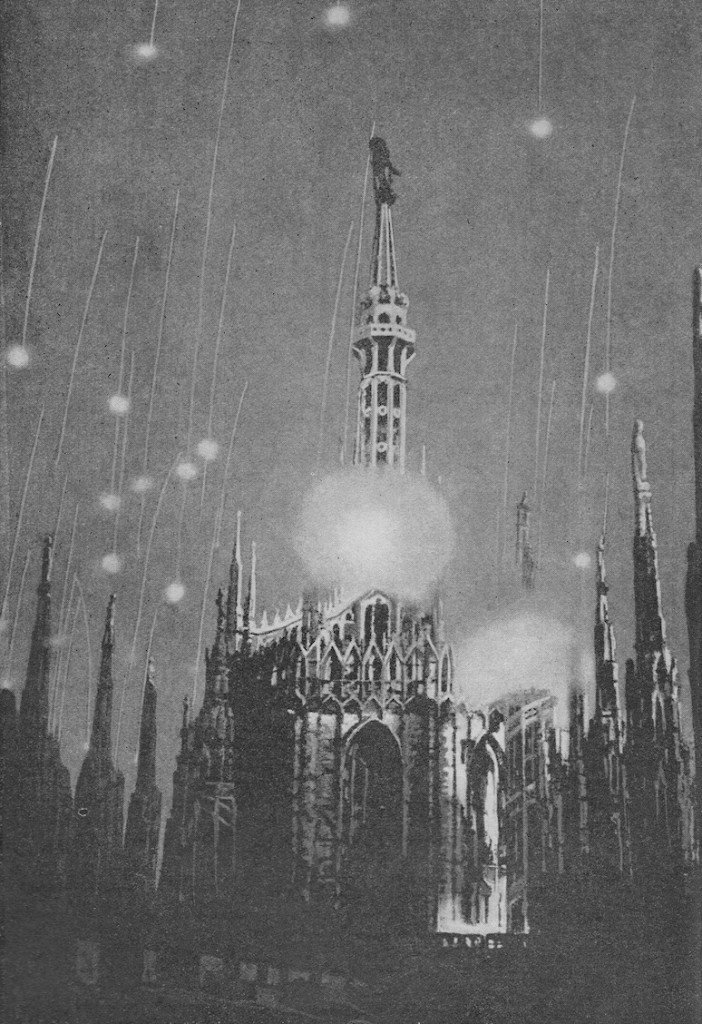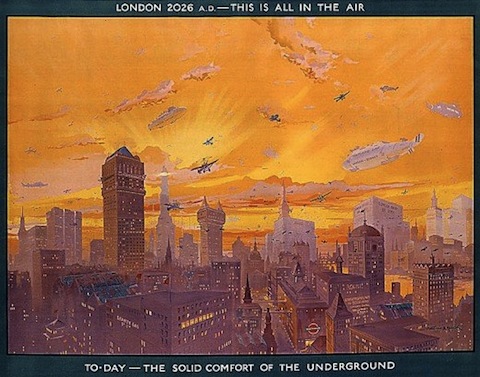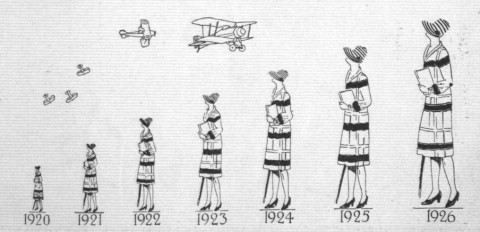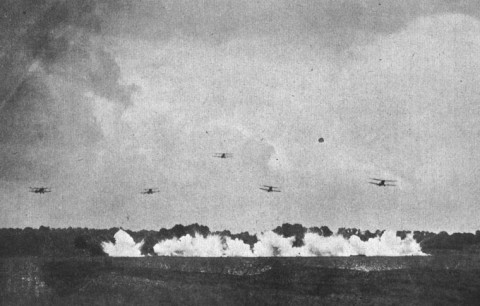Fear, uncertainty, doubt — VI
It’s been more than two weeks since I’ve posted anything on my current mystery aeroplane research, but it’s not because I haven’t been working on it. In fact it is coming along pretty well. There are still some frustrating gaps in my understanding of the archival records, but the writing is coming along. I’ve written […]


